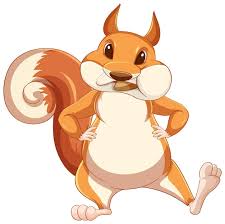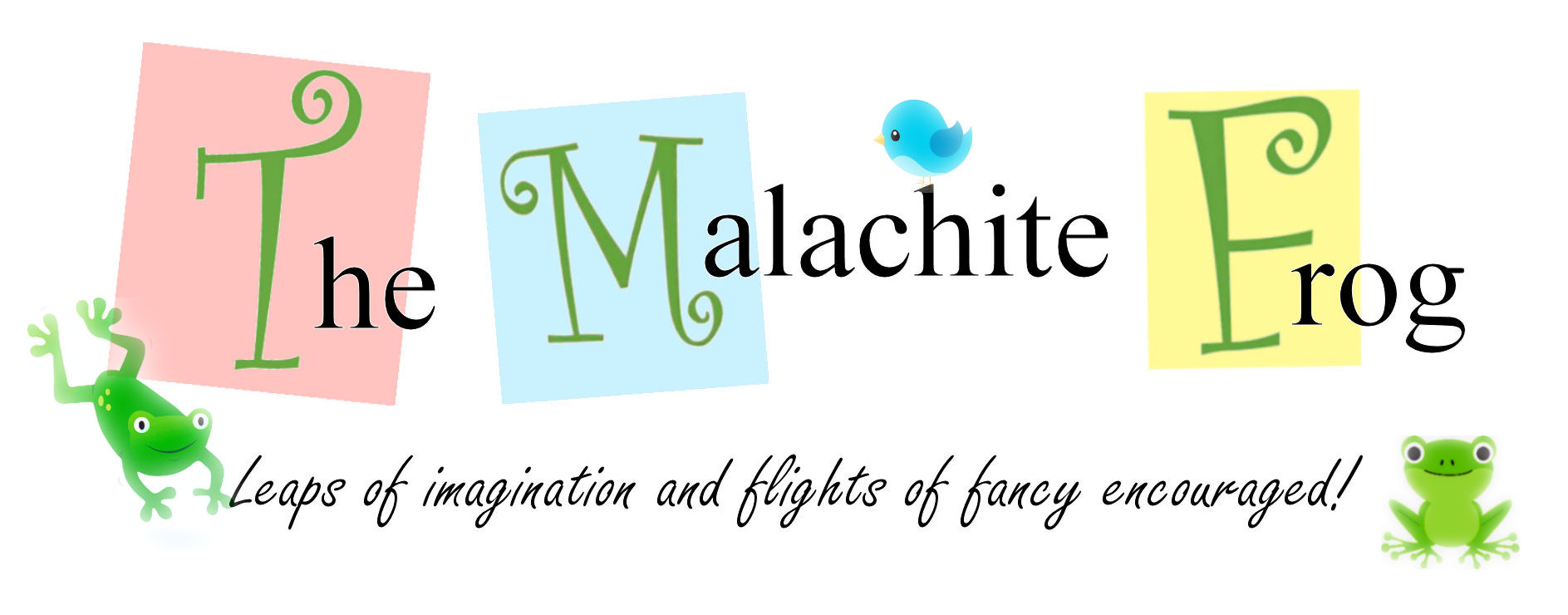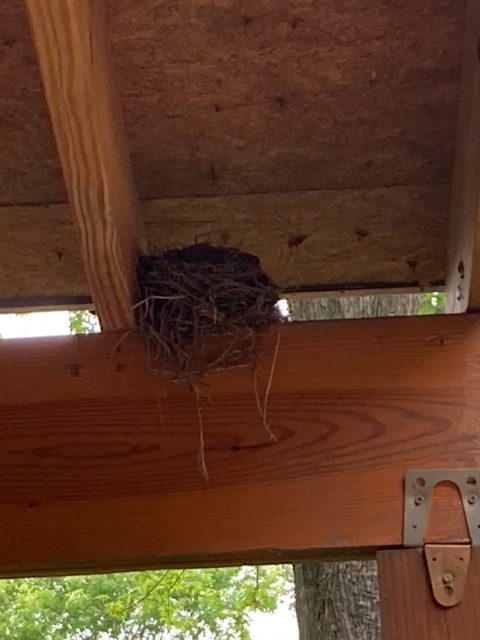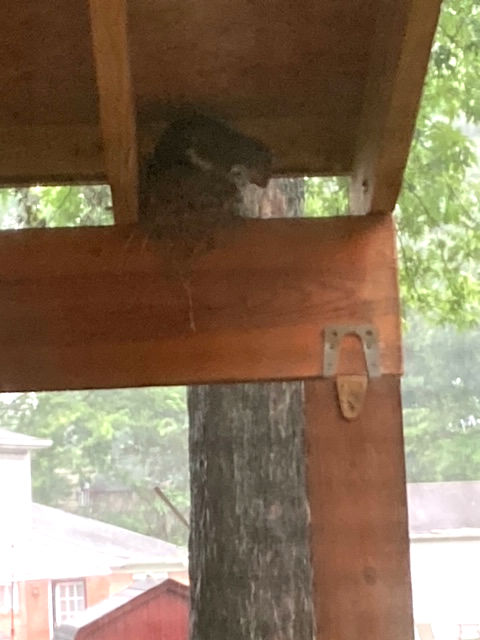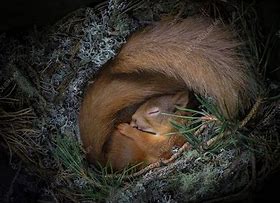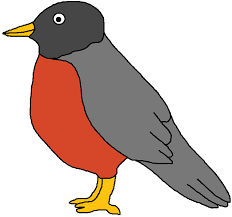
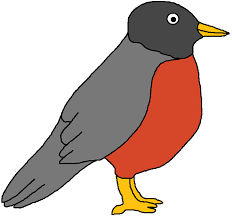
This Nest is Your Nest/This Nest is My Nest
For the past six years a pair of robins has chosen to build their nest and raise their young in one of the cubbyholes below the roofline of my deck. It is an ideal location. Open at front and back, they have easy fly-in access for exiting and re-entering the space during the building process and when bringing food to their ever hungry young.
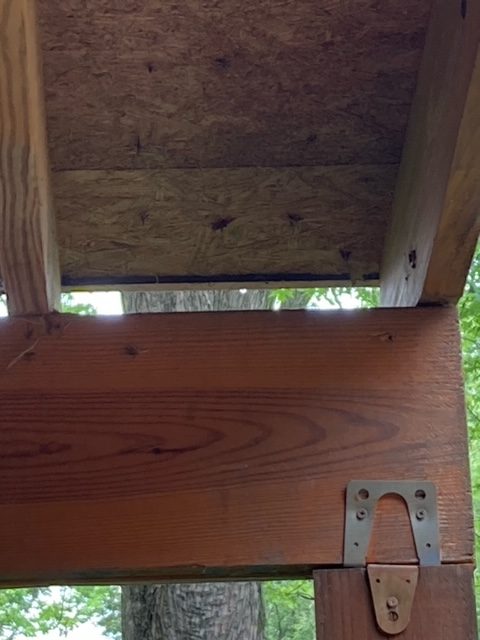
The first year of nest building was something I watched with fascination, some puzzlement and a good bit of doubt that a nest would ever materialize. There are about 24 of these open cubbyholes to choose from. A robin, that looked like a male, would bring strands of dried grass, place it in a cubby, then fly out to get more. Only when he came back, he didn’t always return to the same spot! By mid-day he had placed a moderate amount of nesting material in at least four spots. I thought, this poor guy isn’t so bright. He can’t seem to find his way back to the right spot. At this rate the nest would never be built. I found myself rooting for him each time he flew back into a cubbyhole, hoping it would be to the right one.
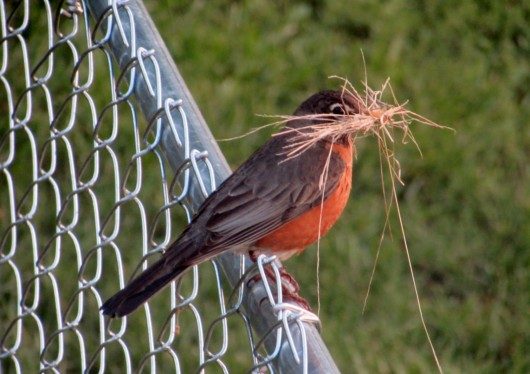
The female eventually started flying in to sit on some of the accumulated grass strands, wiggle around a bit, then fly away. A lot of the grass strands were falling from the crossbeam with each wiggle and sit and with each attempt to replenish. There was more nesting material on the deck floor than in the actual nest sites.
Curiosity finally got the better of me. I decided to research robin nest building habits, only to find that when the male initiates nest building, he selects several sites. The female comes to test each very basic nest before selecting the one she likes best. At that point the pair completes the nest together with the female doing most of the finishing touches. She sits and wiggles as she builds to get the perfect comfortable fit for her body. I had grossly misjudged the male robin’s intelligence. He was only doing what nature intended. My apologies, Mr. Robin.
So, each year I watched what I assumed to be the same pair of robins going through this same nesting process, followed by the nesting, hatching, feeding, growing and fledging of three to four babies each spring.
Last year, spring of 2023, the usual process ensued. A beautiful nest was built and mother robin had been nesting consistently for about a week. Long enough that I am sure she had laid some eggs. Then she suddenly abandoned the nest. I feared I had done something to scare her off, like using an electric leaf blower instead of a broom to clean up the deck. I was a little sad and felt guilty that I had possibly ruined their favorite nesting spot.
I left the nest there, thinking maybe another bird might discover it and be spared some of the hard labor of building from scratch. That did not happen. But to my surprise, later that spring or early summer, the nest was discovered by an unexpected guest. A young squirrel, still on the smallish side, found the nest and decided to claim it as its own. I had to laugh when I saw it sitting in the nest. It was sweet and funny at the same time. I assumed this would be a short-lived situation, but over the following months, the squirrel visited the nest regularly and I would spy it sitting in or beside the nest.
Gradually the nest became a little more flattened, but held together quite well through summer, fall, winter and spring.
This spring while sitting on the deck I heard some unusual animal skirmishes going on in the bushes below the deck. I wasn’t sure what was going on at first, but eventually spied a pir of robins “bickering” with a squirrel. The robins had returned and rediscovered the nest that had been abandoned last year. And they were willing to fight to reclaim their property. They didn’t go through the whole ordeal of trying various cubbyholes, but simply began renovating the existing structure. After all, they were the original builders, and you know what they say about a house with good bones.
I worried a bit about the transfer of ownership, but my fears were alleviated when I saw mother robin again nesting comfortably. When she reached about 8 days of consistent nesting, I felt sure all would be well.
Alas, fears were set aside too quickly. At about day 10 of nesting, I went outside to take a picture of mother robin on the nest only to find that the nest was gone. I looked at the ground below the deck and there was the nest and broken eggs. Both mother and father robin were beside themselves in a nearby tree looking very confused. Flying back to the spot where nest and eggs had been, then back to the nearby branch. A lot of chirping.
The nest had been in a secure spot and would not have dislodged or fallen without intentional effort. It must have been the squirrel that pushed the nest from the beam. I am guessing that the squirrel may have been pushed beyond his limits after first losing his cherished nest, on top of having all the polyester fiberfill removed from his private stash and having the gutter end opening sealed off to prevent further entry. It all had proved to be just too much for him.
As my dear sister said, “The squirrel was in a rit of fealous jage!”
